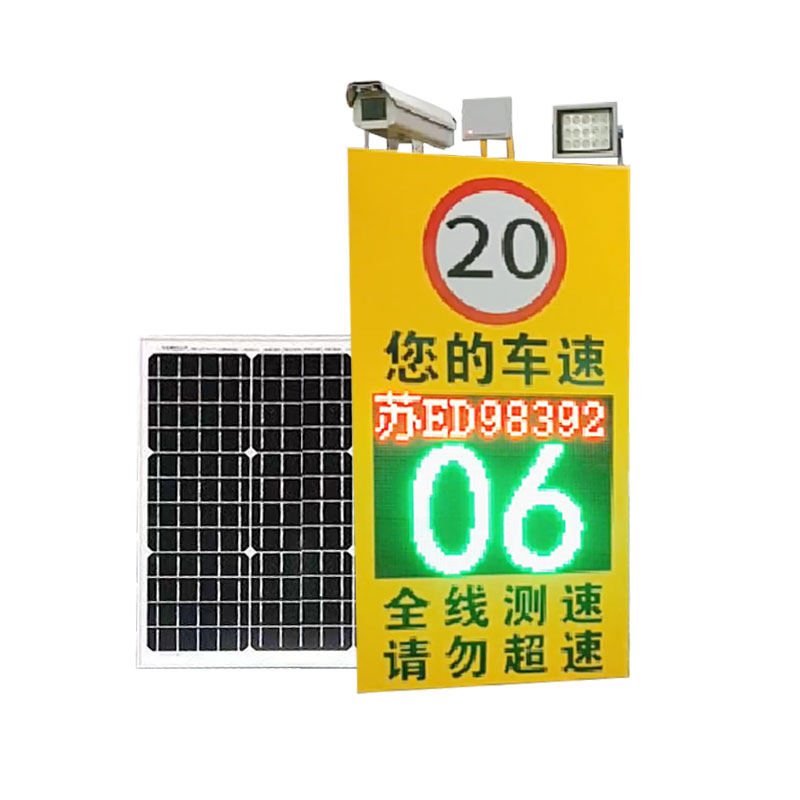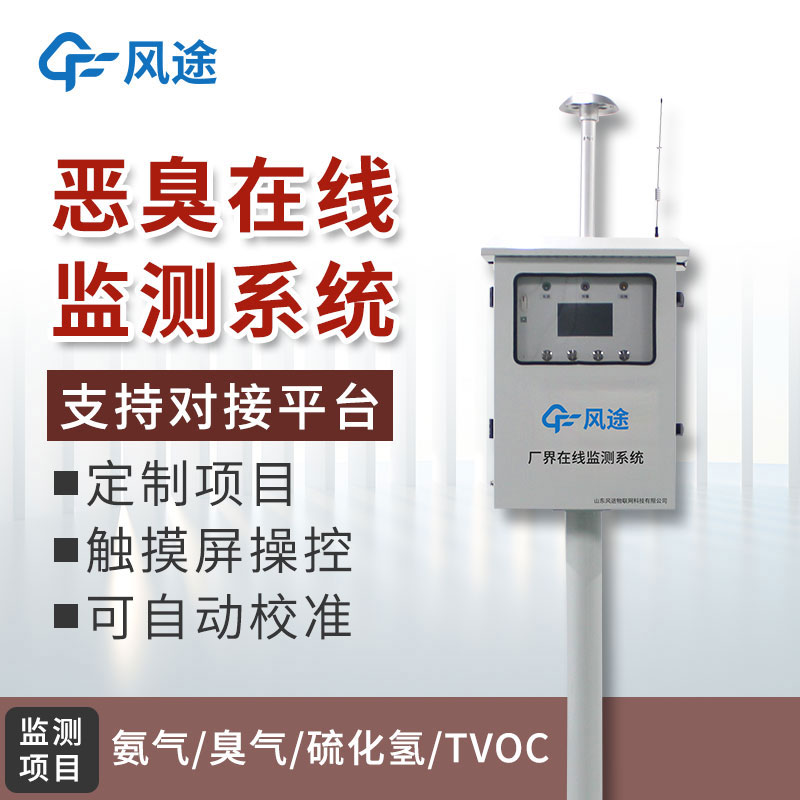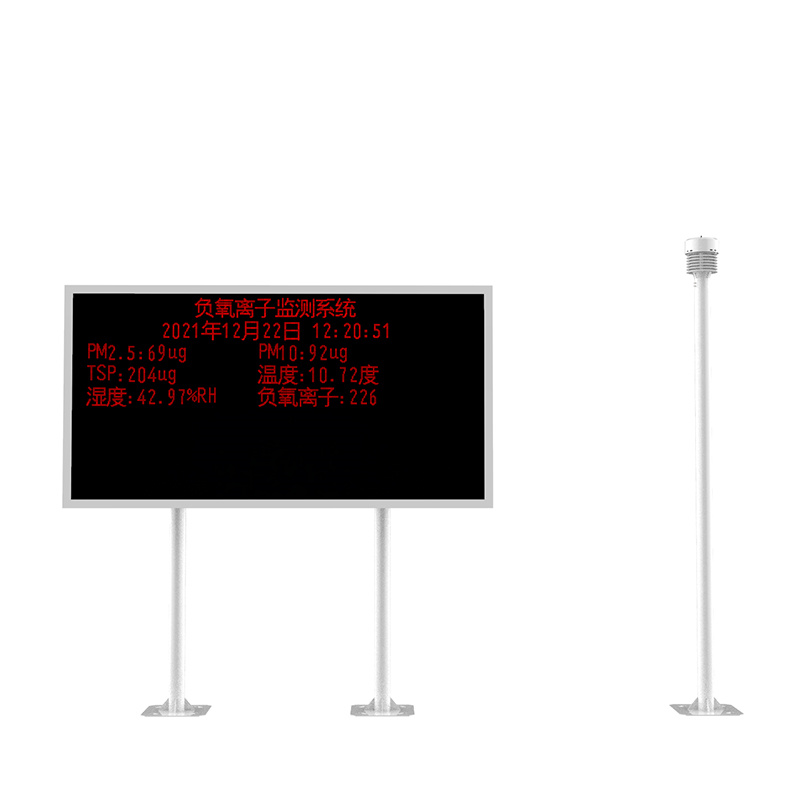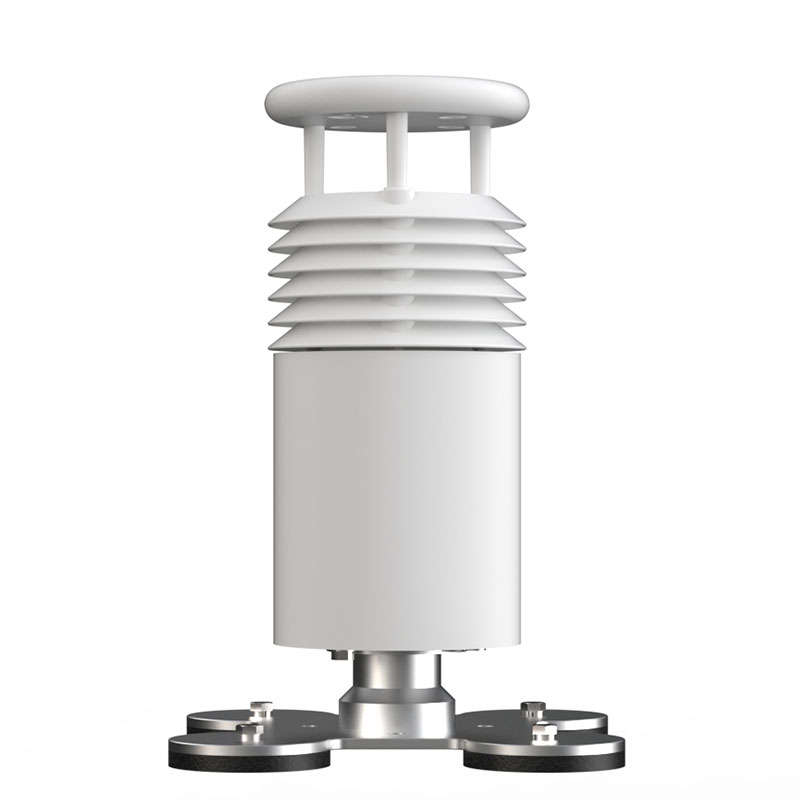Column navigation
Latest news
contact us

Solution for continuous monitoring system of flue gas emission


1、 Sampling probe
2、 Flue gas heat tracing pipe
3、 Pretreatment system
4、 SO two NOx measurement unit

5、 Oxygen content measurement unit
6、 Dust measurement unit

7、 Temperature, pressure and flow measurement unit
1. Flow rate
2. Temperature
Measuring principle: temperature sensor
3 Pressure
8、 Data acquisition and processing system









1、 System installation requirements
2、 System installation
Related articles
-
Introduction to online flue gas monitoring equipment -
Chemical enterprises have not purchased VOCS online monitoring system? Another environmental inspection is coming! -
The importance of using vocs online monitoring system -
Online monitoring of vocs -
Specification of On line Dust Monitoring System -
How to monitor VOCs online monitoring system








